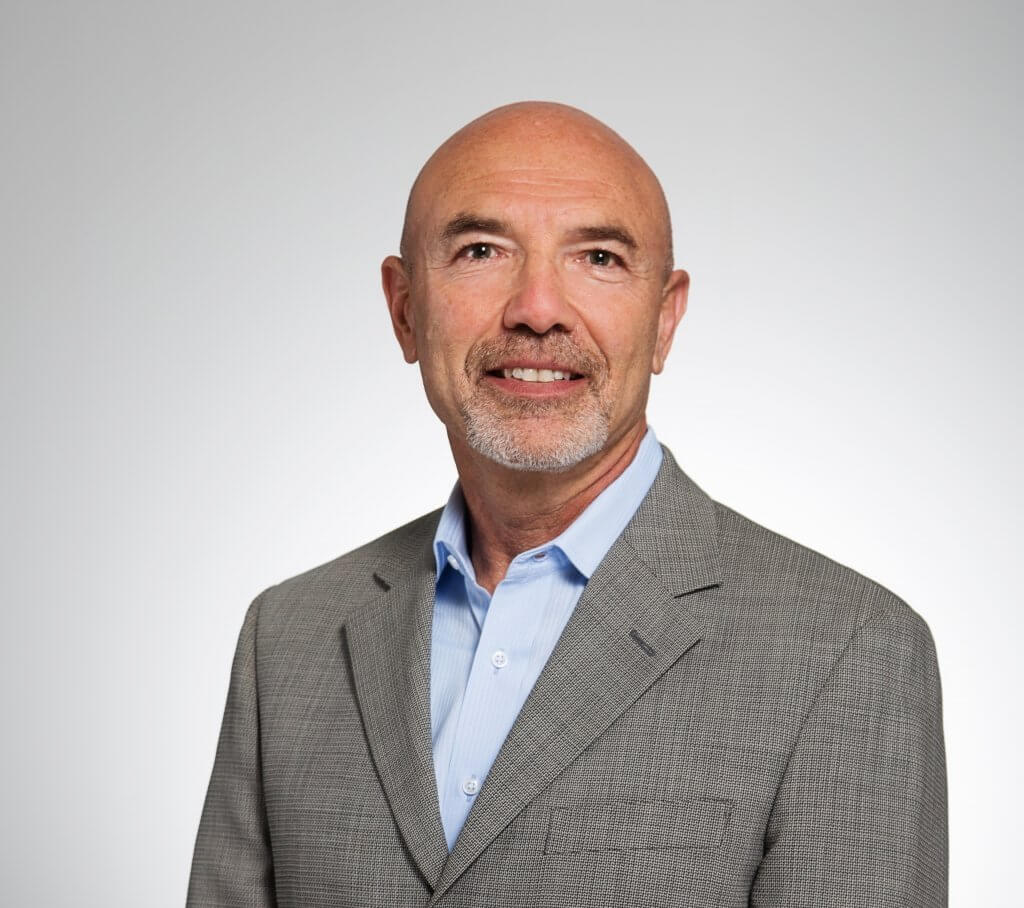Recently, Rahul Gupta, MD, MPH, FACP, director of the Office of National Drug Control Policy (ONDCP), declared xylazine—a powerful livestock tranquilizer that’s mixed into fentanyl for IV drug users—an “emerging threat,” forcing the government to develop a federal plan to address the crisis. While Congress considers a bill to classify the drug, also known as “tranq” or “tranq dope,” as a controlled substance, the move by ONDCP gives the Biden administration 120 days to develop a response plan and provide implementation guidance to agencies.
To be blunt, it’s about time.
Despite the recent flurry of media attention, xylazine is not new. It was first documented in toxicology reports in Philadelphia in 2006 and has been widely detected there since 2015. In 2019, it contributed to more than 30% of fatal heroin and/or fentanyl overdoses in the city and was found in over 90% of dope samples tested there in 2021.
Yet, this dangerous drug is still flying under the radar for many treatment providers, either because they haven’t encountered it yet, or they didn’t recognize it. The unfortunate reality is that if you haven’t knowingly dealt with a xylazine case, it’s likely that you will soon.
Here are 6 things providers need to know as we face off against this new, extremely dangerous threat.
Xylazine is a fentanyl add-on. Commonly used by veterinarians to sedate horses and cattle, xylazine is frequently mixed into fentanyl by dealers as a low-cost way to add volume to their product and to extend fentanyl’s euphoric effects. This phenomenon is turning what’s already the deadliest drug our country has ever faced into an even bigger threat, according to Anne Milgram, administrator of the Drug Enforcement Administration (DEA), with powdered xylazine available online from Chinese suppliers with no veterinary credentials for less than $20 a kilogram.
Xylazine use is more widespread than most realize. Now present in 48 of 50 states, the drug has become a scourge in the Northeast, but is spreading rapidly across the country. Nearly one-fourth of the fentanyl powder seized by the DEA last year contained xylazine, and overdose deaths linked to the drug increased by more than 1100% in the South, 750% in the West and more than 500% in the Midwest from 2020 to 2021.
Detecting xylazine is difficult. There are currently no lab tests available for detecting xylazine, and very often, patients don’t even know they’re using it because it’s mixed into their drugs without their knowledge. That means the adverse events caused by its use and its prevalence across the country are very likely grossly underreported. For this reason, providers can’t rely on patients to self-report xylazine use and should treat under the assumption it could be present.
Xylazine doesn’t respond to naloxone. Because it’s a non-opioid, xylazine does not respond to naloxone treatment. Despite that, because it is often mixed with opioids, providers should first administer naloxone in patients who present with suspected opioid overdose but be prepared to follow up quickly with additional interventions if naloxone fails. While best practices for xylazine overdose treatment have not yet been solidified, a response to overdose should involve a combination of medical intervention, medication-assisted treatment for opioid use, patient education, and mental health support.
Look for signs of xylazine use. In humans, xylazine causes severe, necrotic flesh wounds, which earned it the ominous nickname “zombie drug.” Unlike conventional injection-site wounds, xylazine ulcers are present all over the body (primarily the extremities) and seem to worsen much faster than other skin infections, often requiring surgical amputation of limbs. In addition, patients under the influence of xylazine will show classic signs of heavy sedation, including unresponsiveness, dangerously slow breathing and heart rate, and blue or gray skin color.
If you see it, report it. One of the reasons the government response to the xylazine crisis has been so slow is a lack of data. Without lab testing available to empirically prove its presence, the DEA relies on providers to report new illicit drugs based on patients presenting with unique symptoms. Providers can help to drive the urgency of response in their communities by anonymously reporting suspected cases of xylazine use, symptoms and overdoses to the DEA.
While government agencies work to control the distribution and availability of this deadly drug, we as providers must be vigilant in detecting the signs of xylazine use among our patients, and provide education about the risks and resources for SUD treatment at every patient encounter for those in need. By alerting authorities to xylazine use in our communities, we can accelerate response and save lives.
Lawrence Weinstein, MD, is chief medical officer for American Addiction Centers.

